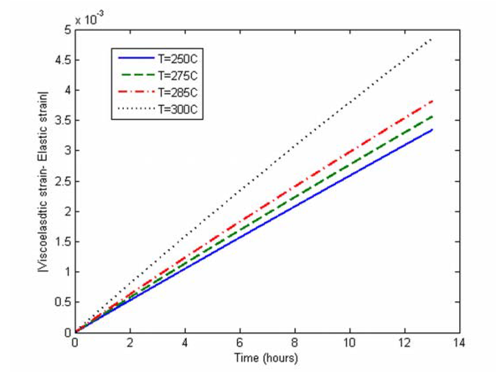Projects
Robotic 3D printing for high performance parts
Currently, pure thermoplastics are mainly used for manufacturing parts, but they yield low mechanical properties, not suitable for load-bearing products. The use of carbon fiber composites in 3D printing can significantly improve structural properties. Currently, there is no defined process for 3D printing with carbon fiber prepreg to reach high fiber volume fraction (about 55%) and low void content (below 2%). A 3D printing head is mounted on a 5-axis robot to give required flexibility for manufacturing complex geometries and accepts carbon fiber prepreg filament. The nozzle head allows a wide range for nozzle temperature and head pressure to be applied. These parameters along with bed temperature, layer thickness, and build orientation are optimized to manufacture high quality parts (55% fiber volume and less than 2% void content). Characterization testing are completed to find physical and mechanical properties of the manufactured coupons and compare them with traditional manufacturing techniques, e.g. hand lay-up.
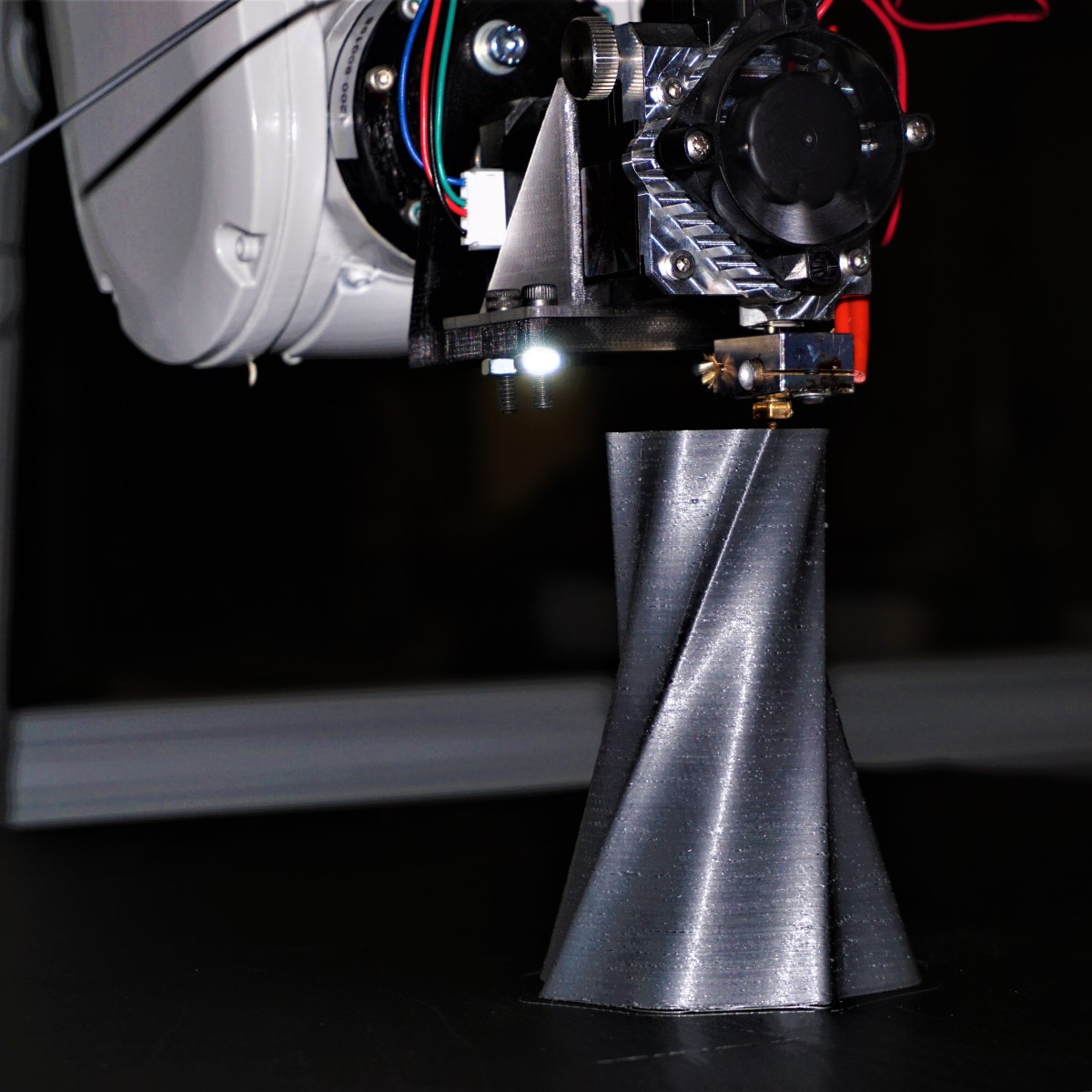
Fatigue modeling of polymer matrix composites
This research study investigated the room and elevated temperature fatigue behaviour of woven and triaxially braided carbon fiber reinforced polymer matrix composites. In particular the study looked at modeling the behaviour of a high temperature polyimide composite material of interest to one of the world’s leading jet engine manufacturers. A comprehensive experimental test program provided characteristic data for the composites, and a direct correlation between the microscopic damage behaviour and the exhibited stiffness degradation response. The influence of temperature on the fatigue performance was also clearly identified. The experiments provided a fundamental understanding of the local fracture behaviour, and the resulting material behaviour during cyclic loading. A corresponding fatigue damage model, based on actual crack density parameters, was developed, providing predictions with excellent agreement to the experimentally obtained data. The prediction model was capable of accurately predicting stiffness degradation for all applied maximum stress levels, and for all temperatures considered in this study.
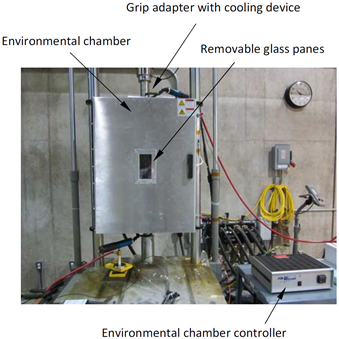
Recycling of wind turbine blades for 3D printing
Over the last 20 years, wind turbine (WT) electricity capacity dramatically increased in Canada and around the world. Since the WT blade design life is about 20 years, the number of end-of-life blades will explode in the next two decades. WT blades contain about 10-15 tonne/MW of fiberglass composites. The WT blade fibreglass waste source includes manufacturing waste (20-35%), in service waste and end-of-life waste. Another industry sector that is booming is the 3D printing market. One of the proposed project long-term objectives is to develop a sustainable recycling solution for the WT blade industry by designing structurally efficient 3D printed composite components. Fiberglass composites from WT blades in service or end-of-life waste will be broken down to small-sized particles. If the right process is used, the resulting fiberglass particles will be combined with a suitable polymer to be transformed into a fiberglass reinforced polymer filament. Subsequently, the filament will be used as a feedstock into a Fused Filament Fabrication (FFF) 3D printing machine to fabricate composite structures. The proposed process will be sustainable since the 3D printed parts made by fiberglass reinforced polymer filaments could also be reused and re-cycled back into the same system.

In-process inspection of FFF 3D printed parts
Although 3D printers have been significantly improved over recent years for industrial applications, there is no automated and robust quality control in-process inspection during fabrication. Considering machine tolerances and design parameters, certain defects are induced into the final parts during the FFF manufacturing process, like gaps, missing layers, offsets, and overlaps. In industrial applications, companies developed their own requirements and standards to either accept or reject parts based on the shape, location, and the size of the defects. To fulfill the potentials of FFF 3D printing, automatic real-time monitoring of the fabrication process is required. This project develops a process for real-time inspection of 3D printed parts and defining a test plan for validating the results. Output data from inspection needs to be compared with data from input CAD file and the slicer. The material deposition (thickness variation), direction (beads orientation), and adhesion between beads can be investigated.
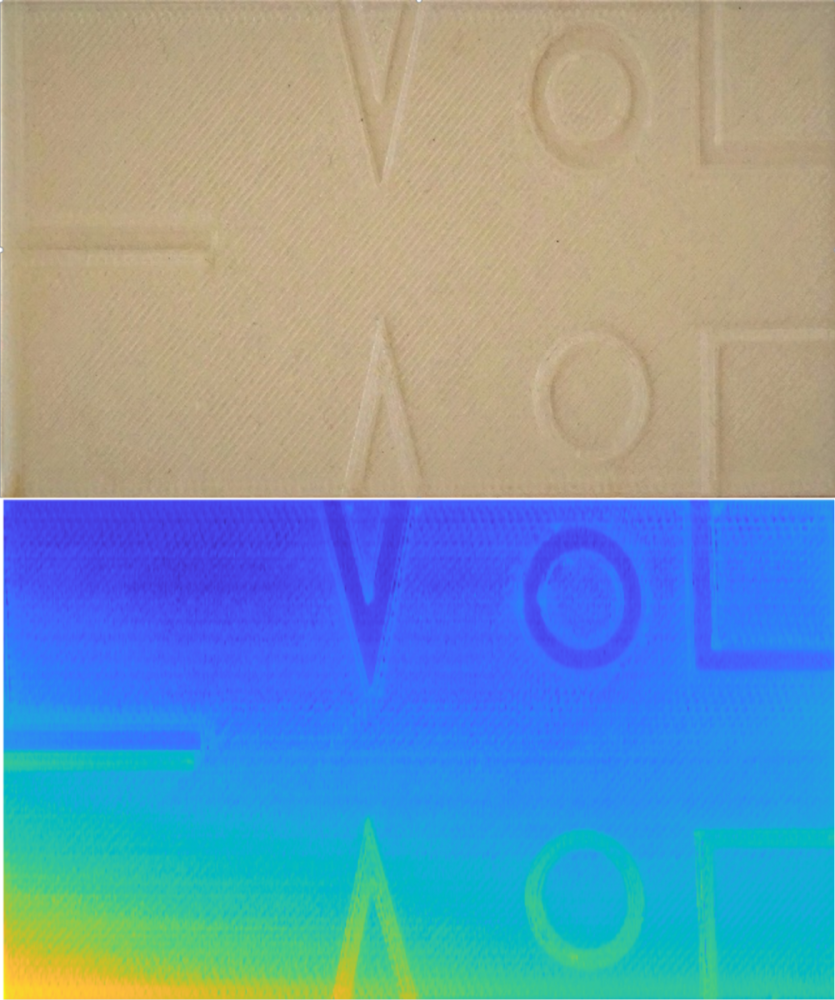
Compatibility of jet engine materials with biofuels
This ongoing research effort addresses the question of jet engine material compatibility with second generation biofuels slated to be used in commercial applications. The research effort specifically aims at examining the mechanical behaviour of different types of engineering materials, including advanced composites, when exposed to jet biofuels at high temperatures. By performing a comparison analysis between standard Jet A-1 and the various biofuel blends, we are able to observe changes in physical behaviour of various fuel system related materials and subsequently conduct a comparison analysis based on the results of a large number of tests typically outlined by the American Society for Testing and Materials’ (ASTM) and similar test standards.
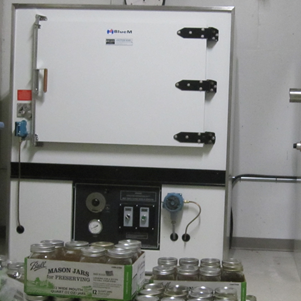
Thermo-mechanical response of composites
This ongoing research effort aims at investigating and modeling the monotonic and fatigue failure of polymer matrix composites using a micromechanical approach. The main advantage of the micromechanical modeling approach lies in its ability to give closed form solutions for the effective nonlinear response of advanced polymeric composites and to predict their response under any combination of shear and normal loading. The modeling approach employs a simplified unit cell model which greatly shortens the solution time and makes the resulting predictive model of practical importance to the composite materials design community, in particular within the aerospace domain. Of special focus is the investigation of the viscoelasticity of the matrix material and therefore the corresponding aim to model creep damage accumulation at high temperatures, which is a unique undertaking that has not yet been tackled by other researchers.
